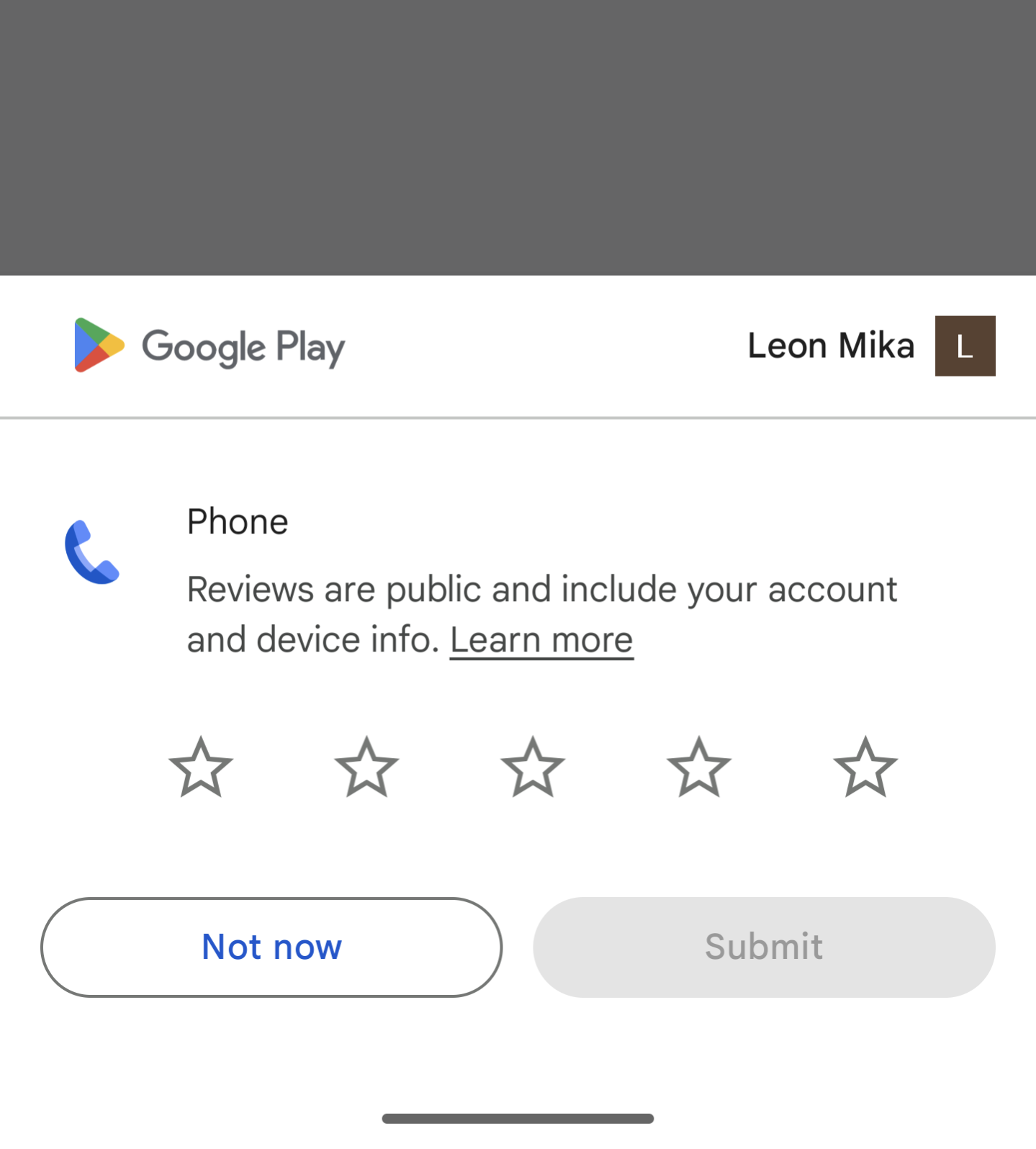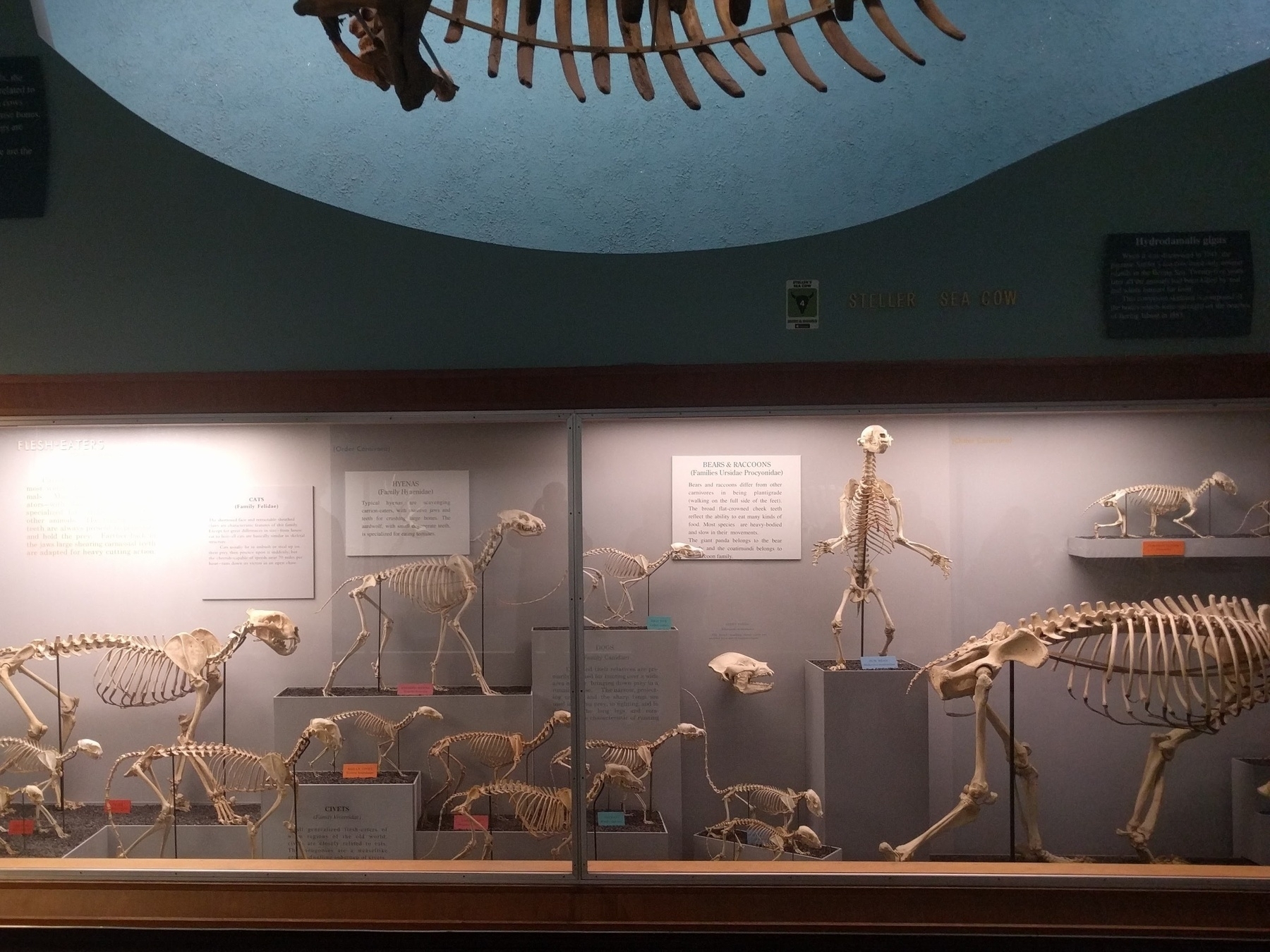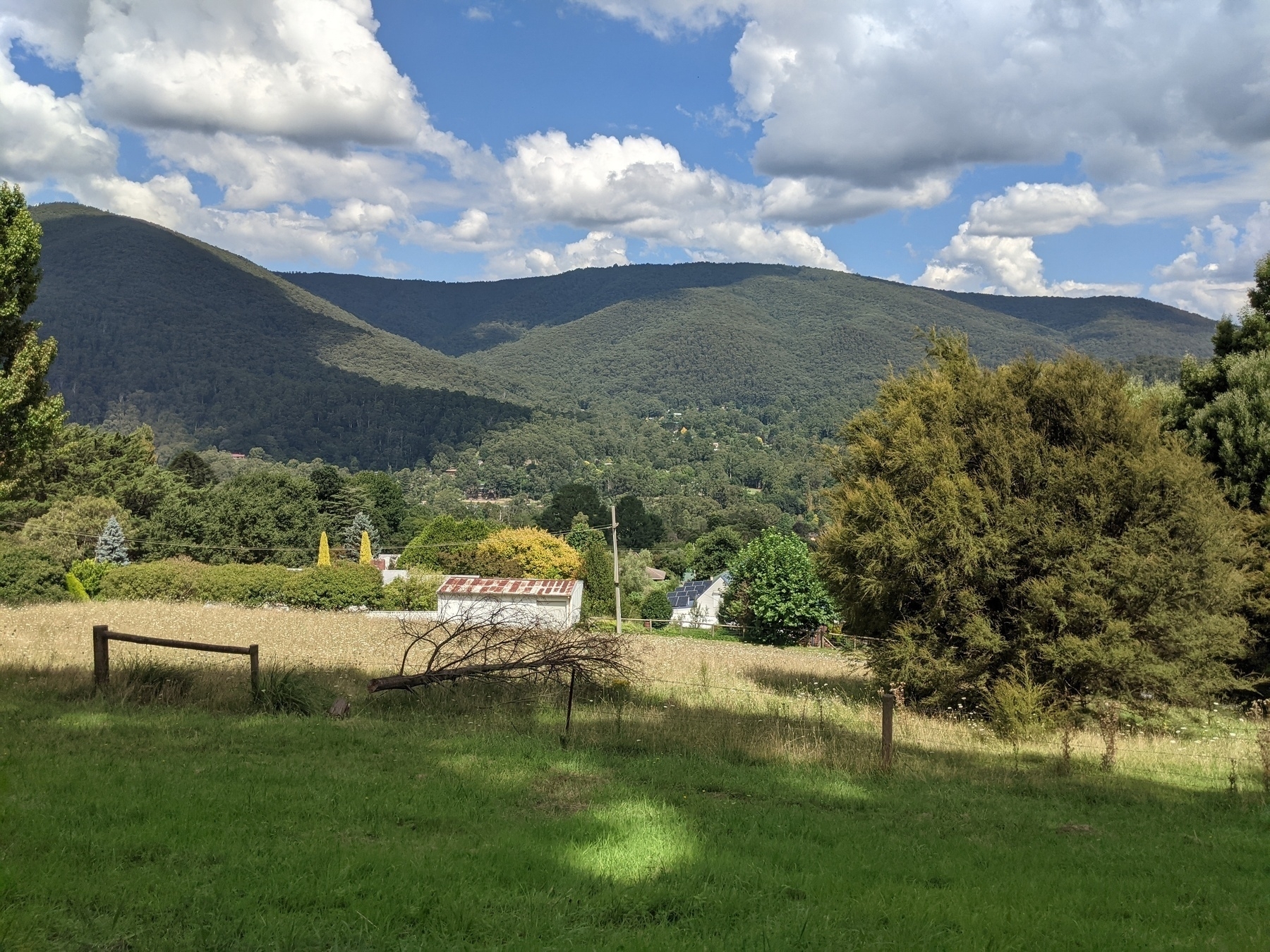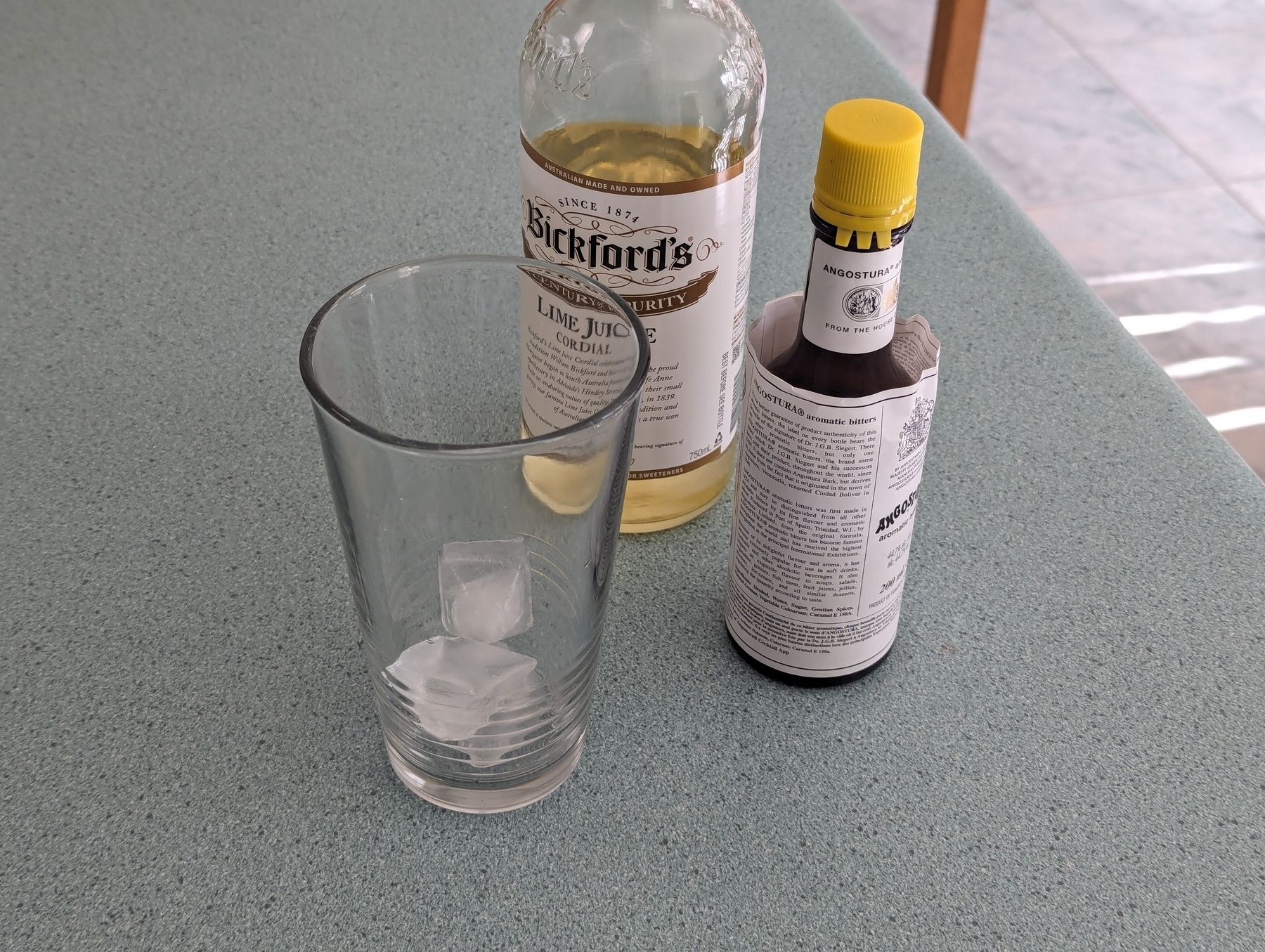-
Day 28: community #mbapr

-
Manual Moreale hit the nail on the head with this quote from his latest post:
The web is not dying. The web is huge. The web is ever-expanding. The fact that the web is just the same 5 big websites is a fucking lie. It’s like saying the restaurant industry is the same 5 fast food chains. It is not. It’s up to you to decide to stop visiting those 5 sites and stop ingesting their fast food content.
It feels like when these people say “the web”, they mean “whatever platform I’m addicted to.” Might be time they started trying out that URL bar that appears at the top of every browser.
-
👨💻 New post on Go over at the Coding Bits blog: Custom Import Paths In Go
-
Day 27: surprise
Quite surprised that this photo came out as well as it did. Was purely an accidental press of the shutter button. #mbapr

-
Interesting to see Google starting to solicit reviews for apps that came with the phone, such as the… Phone.

-
Igore the click-batey headline: this is quite a good post. Really enjoyed it. And, on the whole, I agree with the author. Via Jim Nielsen’s notes
-
Day 26: critter
Watch out for these ones. #mbapr

-
UCL: The Simplifications Paid Off
The UCL simplifications have been implemented, and they seem to be largely successful. Ripped out all the streaming types, and changed pipes to simply pass the result of the left command as first argument of the right. "Hello" | echo ", world" --> "Hello, world" This has dramatically improved the use of pipes. Previously, pipes could only be used to connect streams. But now, with pretty much anything flowing through a pipe, that list of commands has extended to pretty much every builtins and user-defined procs. Continue reading →
-
Thou Doth Promote Too Much
Manual Moreale wrote an interesting post about self promotion, where he reflects on whether closing out all his People and Blogs post with a line pointing to his Ko-Fi page is too much: And so I added that single line. But adding that single line was a struggle. Because in my head, it’s obvious that if you do enjoy something and are willing to support it, you’d probably go look for a way to do it. Continue reading →
-
Some emus have moved into a nearby sanctuary a few weeks ago. I managed to catch a glimpse of one during my walk today. A rare treat indeed.

-
Day 25: spine #mbapr

-
Day 24: light #mbapr

-
I was snakily going to suggest a “HTML naked day” to complement both CSS and JS naked day, but then I realise that that’s the default for all modern web frontend development. 😏
-
👨💻 New post on Databases over at the Coding Bits blog: PostgreSQL LATERIAL Joins
-
Day 23: dreamy #mbapr

-
Simplifying UCL
I’ve been using UCL for several days now in that work tool I mentioned, and I’m wondering if the technical challenge that comes of making a featureful language is crowding out what I set out to do: making a useful command language that is easy to embed. So I’m thinking of making some simplifications. The first is to expand the possible use of pipes. To date, the only thing that can travel through pipes are streams. Continue reading →
-
My spilling has bin partickualy bad todai!
-
If Alan has a problem, and Brett has a solution, but Brett’s solution is qualified with conditions that can’t be met by Alan, then Alan doesn’t have a solution.
Brett should probably just let go of this fact, rather than criticise Alan for not using his solution because of “conditions”.
-
Day 22: blue #mbapr

-
Day 21: mountain
Warburton, in the Yarra Ranges. #mbapr

-
🔗 Hiss!
Seeing @Miraz’s post about the Morepork reminded me of this poem by C. J. Dennis that was read to us as a kid. It was in this beautifully illustrated picture book, with thick borders full of, I guess, the illustrations of the subject’s imagination.
-
Imports And The New Model
Well, I dragged Photo Bucket out today to work on it a bit. It’s fallen by the wayside a little, and I’ve been wondering if it’s worth continuing work on it. So many things about it that need to be looked at: the public site looks ugly, as does the admin section; working with more than a single image is a pain; backup and restore needs to be added; etc. Continue reading →
-
Day 20: ice #mbapr

-
A small visitor is back, enjoying the sun on my kitchen tiles. 🦎

-
Watched Takashi Wakasugi’s show Japanese Aussie at the comedy festival last night with a few friends. Was quite good. A style of comedy that I really like.